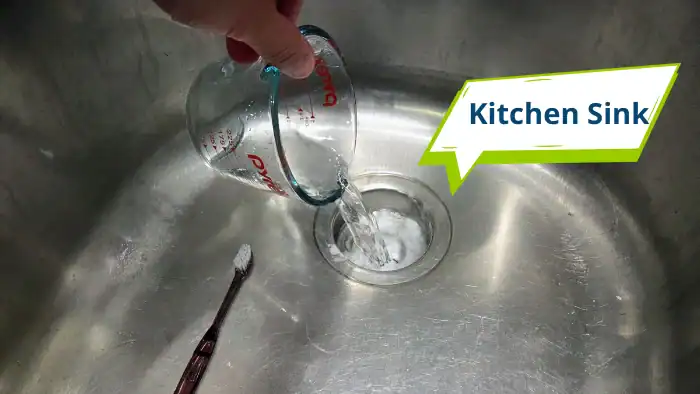
Unclog Naturally: DIY Drain Cleaning for a Healthy Home
In the heart of a thriving homestead, a smoothly functioning plumbing system is essential. Regular drain maintenance is more than just a chore; it's a cornerstone of sustainable living. By embracing natural cleaning methods, we can prevent stubborn clogs, reduce our reliance on harsh chemicals that can harm our well-being and septic systems, and even deter unwanted pests like drain flies. As the seasons shift, so do our drain-related challenges. Fall brings an influx of leaves and outdoor debris that can affect our plumbing, while the holiday season often introduces a deluge of cooking grease into our kitchen drains. Let's explore some simple yet effective ways to keep our drains flowing freely, naturally.
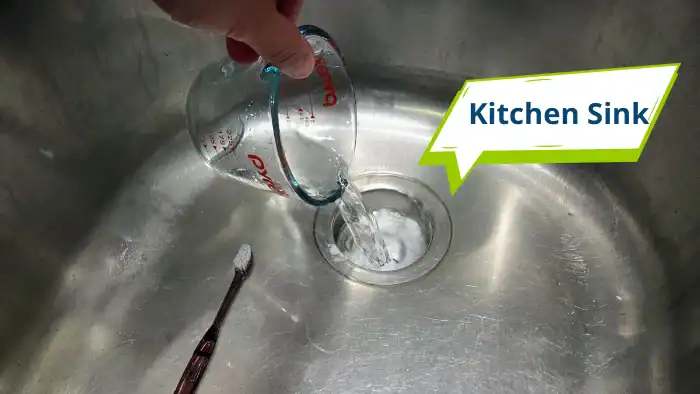
Identifying the Clog
Before reaching for any cleaning solution, it’s crucial to understand the nature of the clog you're dealing with. Is it a slow drain, or is the sink completely blocked? Different types of clogs require different approaches.
Slow Draining: This usually indicates a partial blockage, often caused by a buildup of grease, soap scum, or hair.
Completely Blocked: This signifies a more significant obstruction, requiring a more aggressive approach.
Before proceeding with any DIY drain cleaning method, take a moment to inspect the drain. Wearing gloves, carefully remove the drain stopper. Often, you'll find a mass of hair, food particles, or other debris clinging to it. Removing this visible obstruction can sometimes solve the problem immediately. Knowing what the visible obstruction is will help in deciding the best cleaning solution to use.
DIY Drain Cleaner Recipe 1: The Baking Soda & Vinegar Fizz
This classic combination is a powerful and safe way to tackle general clogs and slow-draining sinks.
Drain type: Kitchen sink, Bathroom Sink
Problem: General clogs, slow draining
Ingredients: 1 cup baking soda (Arm & Hammer), 2 cups white vinegar.
Instructions:
- Pour 1 cup of baking soda down the drain. Use a rubber spatula to push as much as possible into the pipe.
- Slowly pour 2 cups of white vinegar down the drain.
- Let the mixture fizz for at least 30 minutes, preferably overnight.
- Flush with hot tap water for at least 5 minutes.
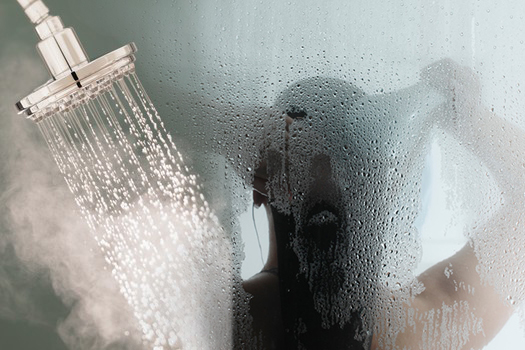
- Safety Precautions: Wear eye protection. Avoid using this method immediately after using chemical drain cleaners. The reaction between baking soda and vinegar creates pressure; ensure the drain is open enough to allow the gas to escape.
DIY Drain Cleaner Recipe 2: The Boiling Water Flush
This simple method is surprisingly effective for dissolving hair clogs and soap scum buildup, particularly in shower drains.
Drain type: Shower drain
Problem: Hair clogs, soap scum buildup.
Instructions:
- Carefully pour a large pot (approximately 2 liters) of boiling water down the drain. Ensure the water is at a rolling boil for maximum effectiveness.
- Repeat if necessary.
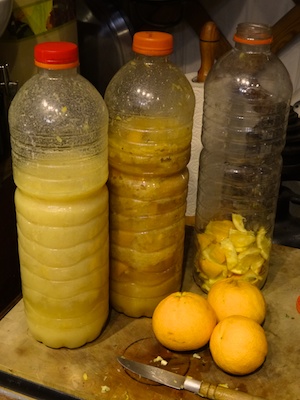
- Safety Precautions: Use extreme caution when handling boiling water. Wear heat-resistant gloves and closed-toe shoes. Avoid pouring boiling water on porcelain or delicate surfaces that could crack. If your pipes are PVC, use very hot (but not boiling) water to avoid damaging the plastic.
DIY Drain Cleaner Recipe 3: Citrus Enzyme Drain Cleaner
This method takes time and effort, but is well worth the wait. It's ideal for addressing grease buildup, eliminating unpleasant odors, and maintaining your drains’ overall health.
Drain type: Kitchen sink, Garbage disposal
Problem: Grease buildup, unpleasant odors, general maintenance.
Ingredients:
- Peels from 5-6 citrus fruits (oranges, lemons, grapefruits).
- 1 cup brown sugar (Wholesome Sweeteners brand recommended)
- 3 cups filtered water.
- Airtight glass jar (Ball mason jar)
- Optional: 10 drops Dr. Bronner's peppermint essential oil for pest control
Instructions:
- Chop citrus peels into small pieces.
- Combine citrus peels, brown sugar, and water in the glass jar. Ensure all peels are fully submerged.
- Secure the lid and ferment in a dark, cool place for at least 3 months, stirring occasionally.
- Strain the liquid. The liquid is your enzyme cleaner.
- Dilute 1/4 cup enzyme cleaner with 1 cup water. Pour down the drain. Let sit overnight.
- Flush with hot water. Repeat weekly.
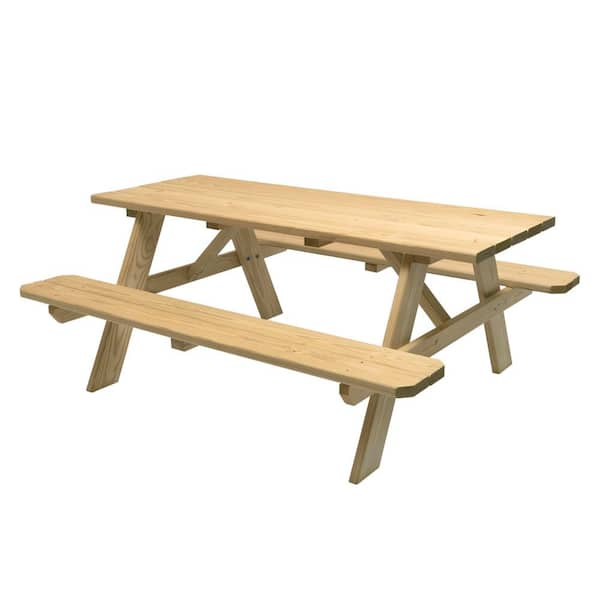
- Pest Deterrence Enhancement: Add 10 drops of peppermint essential oil (Plant Therapy brand recommended) per liter of strained enzyme cleaner for added pest-repelling benefits, specifically targeting drain flies.
- Safety Precautions: Ensure the fermentation jar is properly sealed, but not so tightly that it might explode from the pressure. Burp the jar (slightly open the lid to release gases) weekly. The brown sugar helps to speed up the fermentation process.
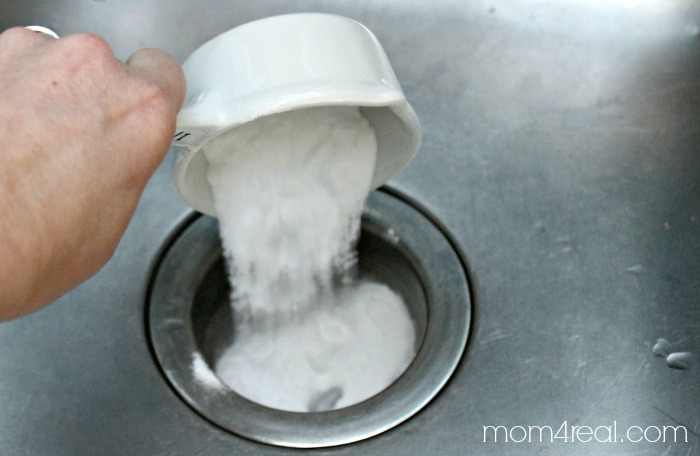
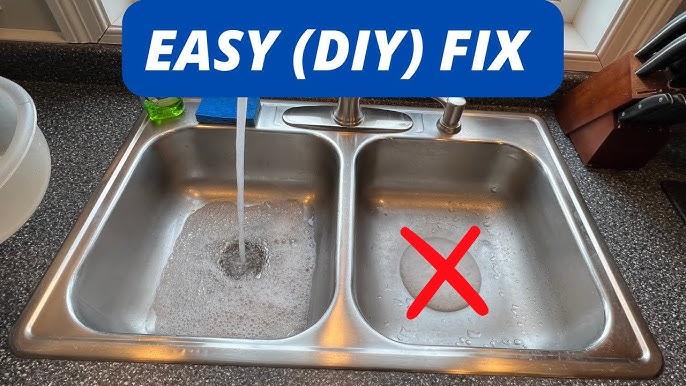
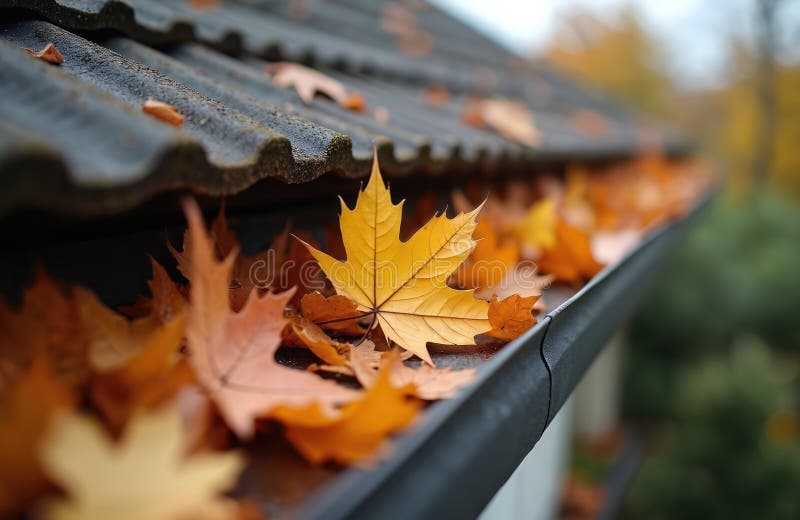
Seasonal Considerations
As seasons change, adjust your drain cleaning routine to accommodate the unique challenges each presents:
- Fall: Falling leaves and debris can easily clog outdoor drains connected to your plumbing. Regularly clear away leaves from gutters and downspouts to prevent backups and potential indoor drain issues.
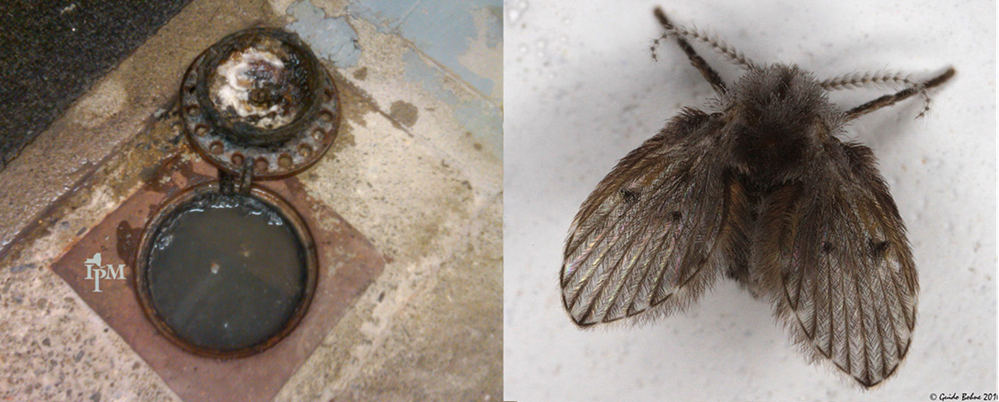
- Winter: Holiday cooking often leads to increased grease disposal down the kitchen sink. Be extra diligent about using the citrus enzyme cleaner or baking soda and vinegar method to prevent hardened grease from causing major blockages.
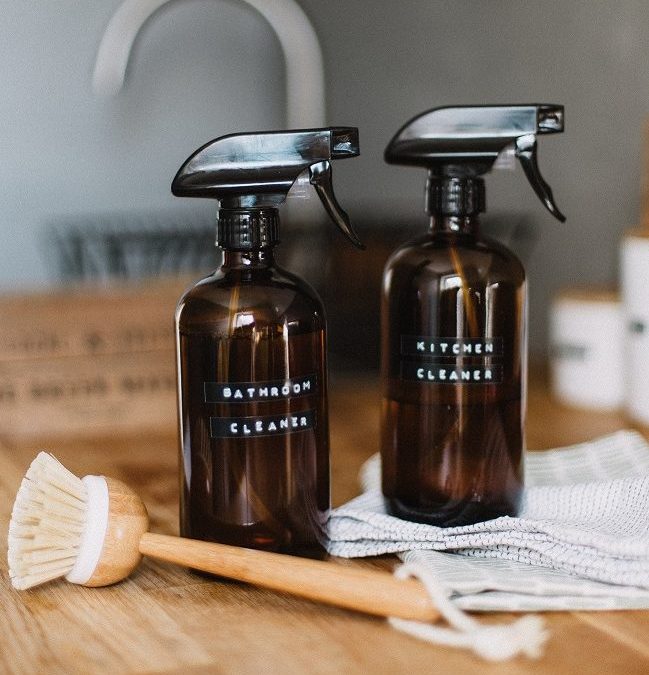
- Spring: Spring cleaning offers an opportunity to deep clean all drains and address any lingering issues from the winter.
- Summer: Keep an eye on shower drains that may be used more frequently due to outdoor activities.
Conclusion
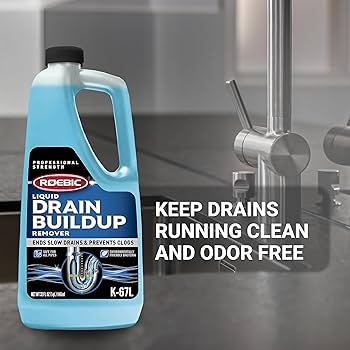
Embracing natural drain cleaning isn't just about unclogging pipes; it's about fostering a healthier home and a more sustainable lifestyle. By incorporating these DIY methods into your regular homesteading routine, you’re choosing to protect your family, your plumbing, and the environment. These methods are not only safer and gentler than harsh chemical alternatives, but they also contribute to long-term cost savings and a more harmonious relationship with our surroundings. So, let’s ditch the chemicals and embrace the power of nature to keep our drains flowing freely, naturally!